Breaking
- MENU
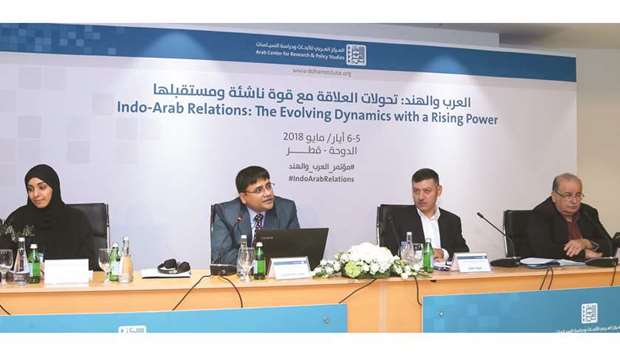
India’s prospective engagement with the Arab world, especially the six-member Gulf Cooperation Council (GCC), was the theme of a recently held conference in Doha. The expectations were to examine the imperatives of evolving nature of the engagement and delineate its prospective scope and direction. The assumption was that India is a rising power as demonstrated by its fast-growing economy and therefore its engagement with the region has to be scaled up and be more comprehensive.
It was reiterated that India enjoys a high acceptability quotient in the region and rich historical and cultural linkages place it at an advantageous position. Significantly, the narrative on historical linkages was more crafted on bilateral trajectory than regional, possibly underlining the search by the countries of their individual identity by relooking the details of the past when the region was controlled by the British. This reflects well in the contemporary fault lines in the regional ecosystem where the local rulers are asserting for their strategic autonomy from hegemonic regional construct epitomize by the Qatar crisis.
Interestingly, in the context of the wider Middle Eastern region, the Indian position is evaluated with reference to the Palestinian issue. Though the Indian support, both moral and material, is well appreciated the growing Indian proximity towards Israel is viewed within the zero-sum matrix. It is apprehended that following the visit of the Indian Prime Minister to Israel in July 2017, the structural necessity defined regarding Indian needs of defines equipment, agriculture technology, etc. are likely to graduate to ideological affinity.
Significantly the regional threat perception of the GCC and the other Arab countries is at variance. In the Gulf region, Iran is seen as a more serious threat than Israel. A tentative assessment could be that countries from the region have accepted Israel as reality and are looking for ways and means to harness it in their security architecture differentially.
Interestingly other than from Oman the conference had no scholar or participant from other GCC countries, and for obvious reasons. Qatari crisis loomed large in the discussion. The role of the US was commented upon with a sense of reservation. Apparently, Qatar needs Washington, yet the discussion expressed a sense of dissatisfaction over the US approach. It could be sensed from the deliberations that the anxiety triggered by the Qatari crisis is producing a feeling of drift and helplessness, if not a sense of resignation.
There was a consensus that India needs to look at the region beyond its energy needs. It was very loud and clear that destabilization in the region could pose a serious challenge to safety and security of the Indian nationals in the region besides the flow of fossils fuel. The subtext of the proceedings did suggest that besides strengthening the hardware security, India could play a role in sobering down regional security ecosystem. In this context, a reference was made of the innovative role that India played after independence by not joining the blocs and finding a third path of nonalignment. India has friendly relations with the regional countries which possibly could be leveraged, more so when the American security perception of the region is less determined by strategic necessity than the business deals. Unlike the past, with high economic quotient, India is better placed today to contribute to a regional security construct in a wider Asian perspective. It cannot be denied that the security of the region impinges on security of Asian countries more critically than the western world.
A much wider place for India was spelled out in the unfolding processes of diversification of the economy. The reforms are promoted to contain the possibilities of ‘Arab spring’ in the region. The success of transition from rentier system critically depends on the right and bold strategic choices and their execution. The Indian articulation of Link West and the Gulf formulation of Look East suggest a mutual recognition of high stakes in the promoting relationship. The multiple high-level visits from both sides indicate that the new millennial ecosystem is unfolding potentials raging from digitalization of the economy to social engineering and resilience.
A message that ran through the proceedings was the low level of institutional engagement among the academia having a bearing on knowledge sharing which was the hall mark of the civilizational strength of historical times. Need for filling the gap by translating Indian writings into Arabic was mooted. However, it was also emphasized that the conference of the kind exclusively focusing on India shows the growing visibility of the country among the academia in the region. It was further reiterated the need for promoting such platform to bring the thinking minds together, especially when understanding of the nuances becomes critical to promoting dialogue.
_______________________________________________
As part of its editorial policy, the MEI@ND standardizes spelling and date formats to make the text uniformly accessible and stylistically consistent. The views expressed here are those of the author and do not necessarily reflect the views/positions of the MEI@ND. Editor, MEI@ND: P R Kumaraswamy
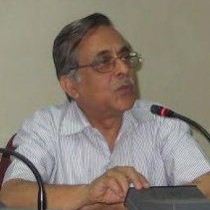
Girijesh Pant is a National Fellow of Indian Council of Social Science Research (ICSSR) at Symbiosis International University Pune. Formerly, he was Dean of the School of International Studies at JNU and has served as Vice-Chancellor at Doon University, Uttarakhand and GGD University at Bilaspur. He is also associated with higher academic bodies like the University Grant Commission, ICSSR, Indian Council of World Affairs, etc. He has recently been appointed as Member, Academic Committee of the School of International and Area Studies, Tsinghua University. China. His academic interest includes development studies with a focus on India and West Asia; political economy of Gulf countries; political economy of international energy; India’s energy security and energy relations, India’s economic relations with GCC countries. Awarded Lifetime Achievement Award by Venkateshwara University Tirupati, he has been Senior Fulbright Visiting Scholar, University of Illinois, IL. He has travelled widely and participated and contributed papers in several national and international conferences, journals and books. Presently he is working on energy transition concerning India.
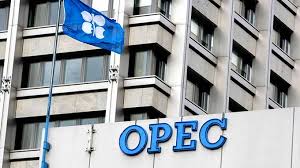
"For me to put efforts and resources and time in an organization that we are a very small playe.....
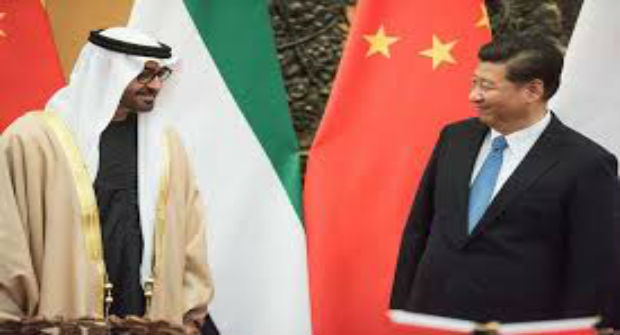
The proceedings of recent visit of the Chinese President Xi Jinping to UAE may not cast sh.....

On the mid-night of 24 June, streets in Saudi Arabia witnessed a celebration of sorts, not.....
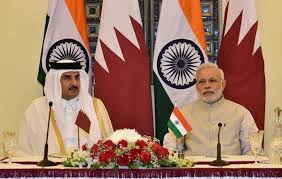
After one year of the blockade, the economy of Qatar is linked more dynamically beyond its immediate.....
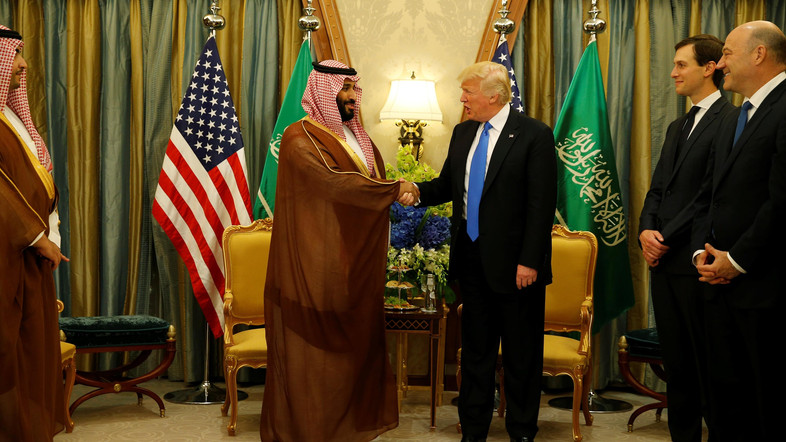
Saudi Crown prince Muhammad bin Salman’s visit to the United States of America to celebrate th.....
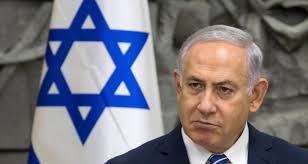
Much of what Israel and the Palestinians are experiencing today has befallen them under Netanyahu’s lead.....

Lurking in the background of a Saudi-Moroccan spat over World Cup hosting rights and the Gulf crisis is a more.....

Any protracted conflict can come to an end under certain circumstances that either evolve over a period of tim.....

Amid ever closer cooperation with Saudi Arabia, Israel’s military appears to be adopting the kind of sec.....

Mounting anger and discontent is simmering across the Arab world much like it did in the walk-up to .....

Argentina’s cancellation of a friendly against Israel because of Israeli attempts to exploit the match p.....
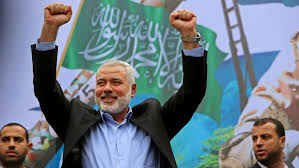
Dear M. Haniyeh and Sinwar; I am writing this letter to you in the wake of the latest confrontation between.....
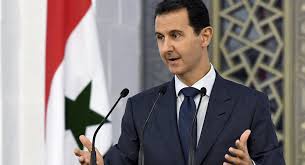
The Civil War in Syria has ravaged the country, took the life of nearly 500,000 people and has forced more tha.....
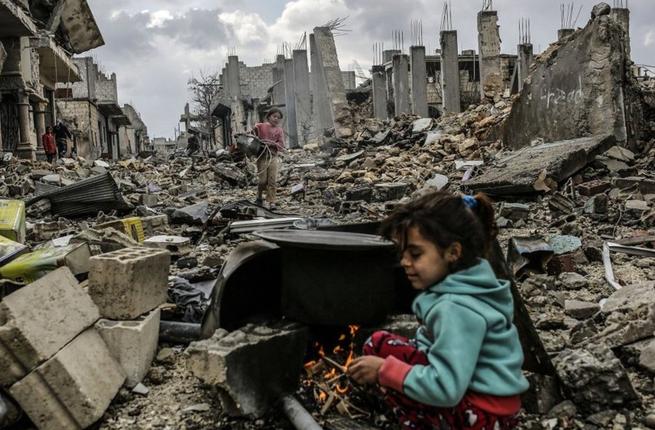
President Trump’s characterization of the US attack on specific Syrian chemical storage and research fac.....
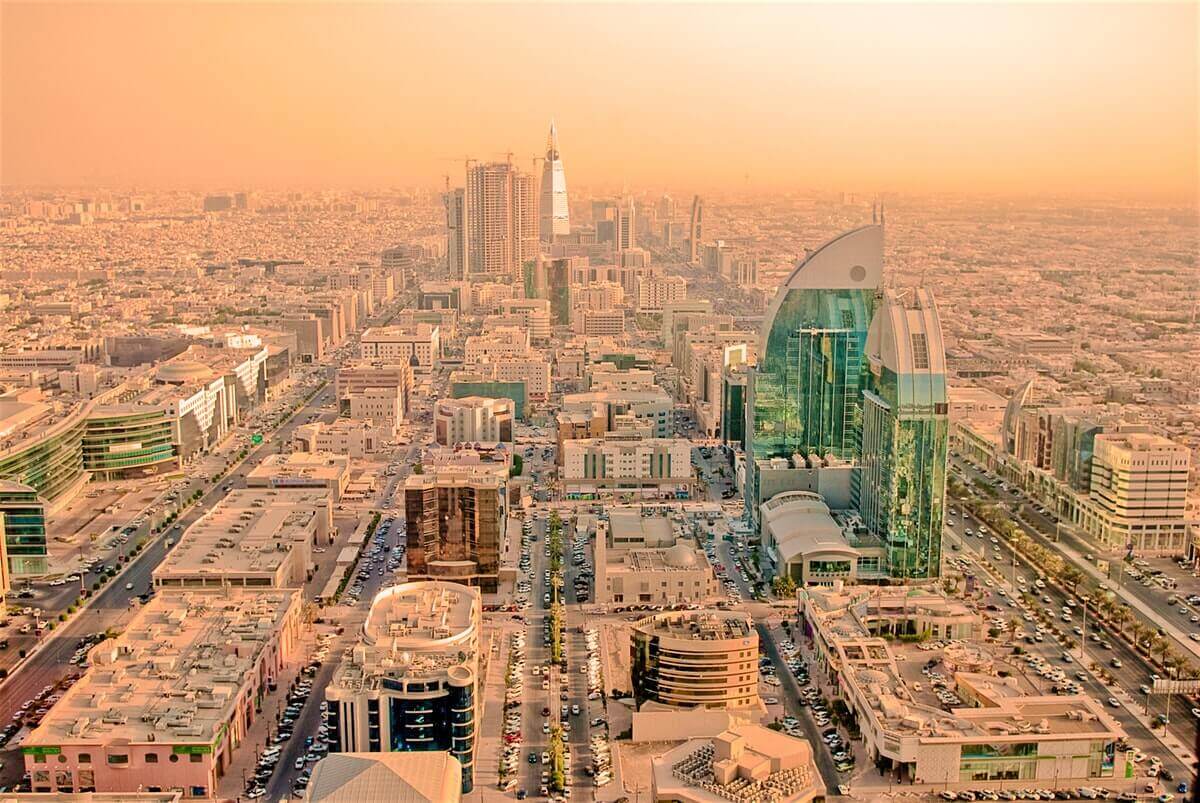
Debilitating hostility between Saudi Arabia and Iran is about lots of things, not least who will have the uppe.....
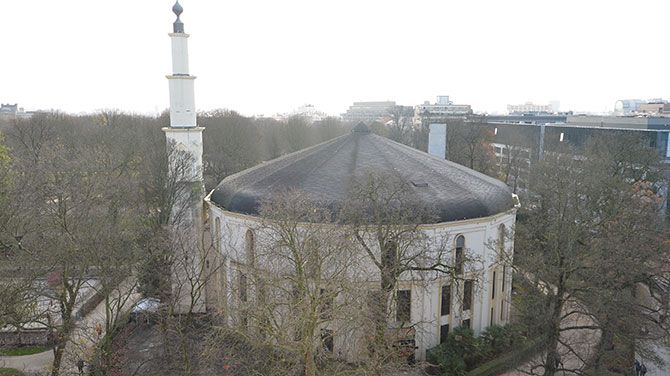
Saudi Arabia, in an indication that it is serious about shaving off the sharp edges of its Sunni Muslim ultra-.....
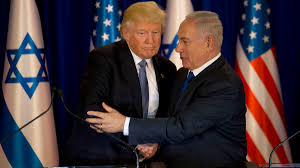
The United States has been and remains the staunchest supporter of Israel, and its unqualified support will ca.....
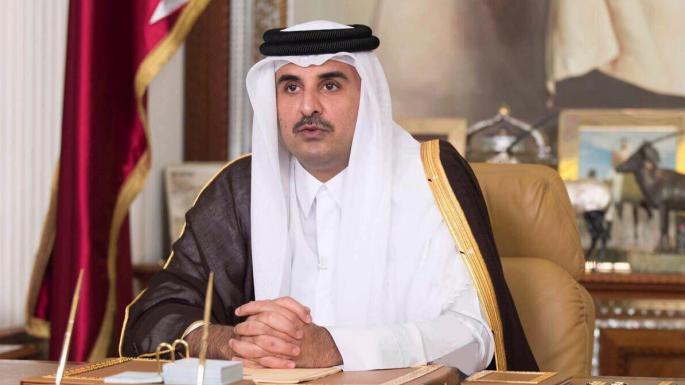
Prominent US constitutional lawyer and scholar Alan M. Dershowitz raised eyebrows when he described Qatar as &.....
.jpg)
The geopolitical developments in the Middle East over the past fifteen years have created new politi.....
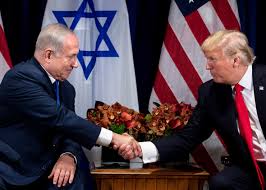
I was in Israel when Trump made his announcement recognizing Jerusalem as Israel’s capital. In.....
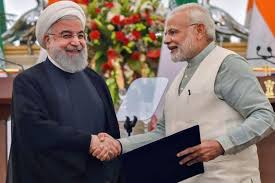
Iran is back in the news and for all the wrong reasons. It has been the unnecessary third wheel in I.....
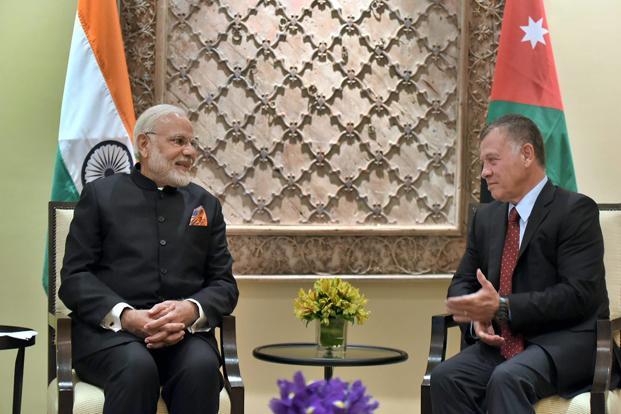
During the close to a century of its existence, the Hashemite Kingdom of Jordan has been, as former President .....
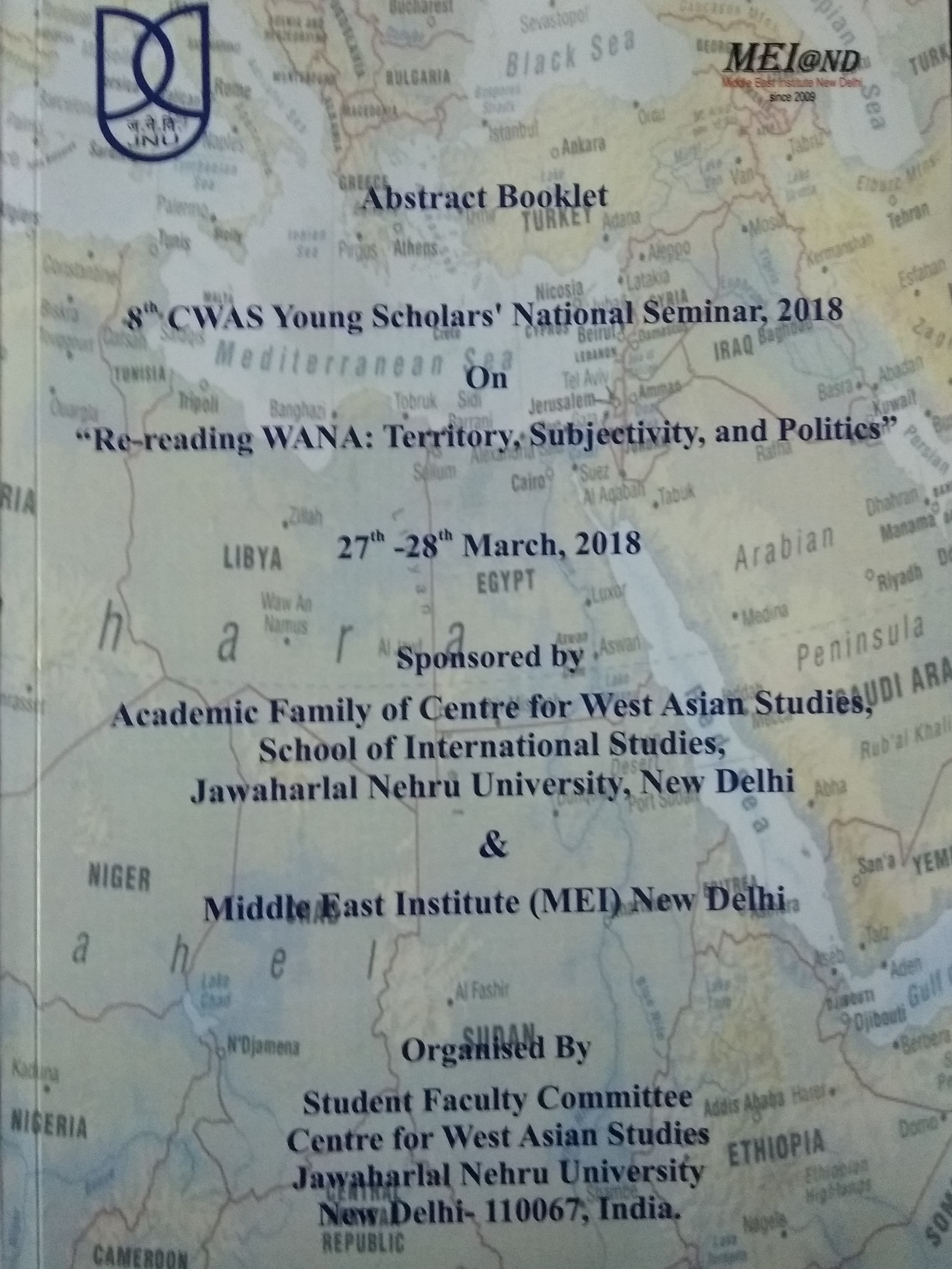
The Student and Faculty Committee (SFC) of the Centre for West Asian Studies, School of International Studies,.....
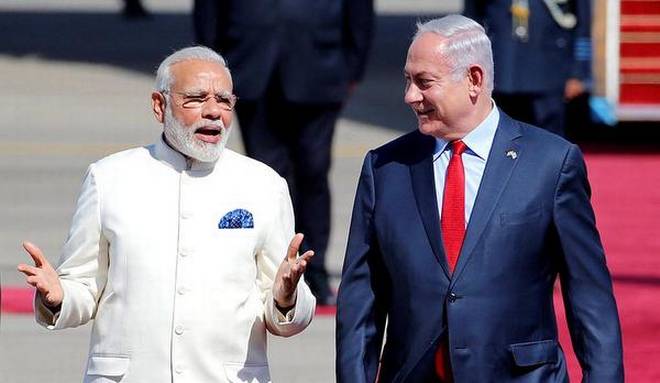
In the closely scrutinised India-Israel relationship, there is little in the public domain that remains unknow.....
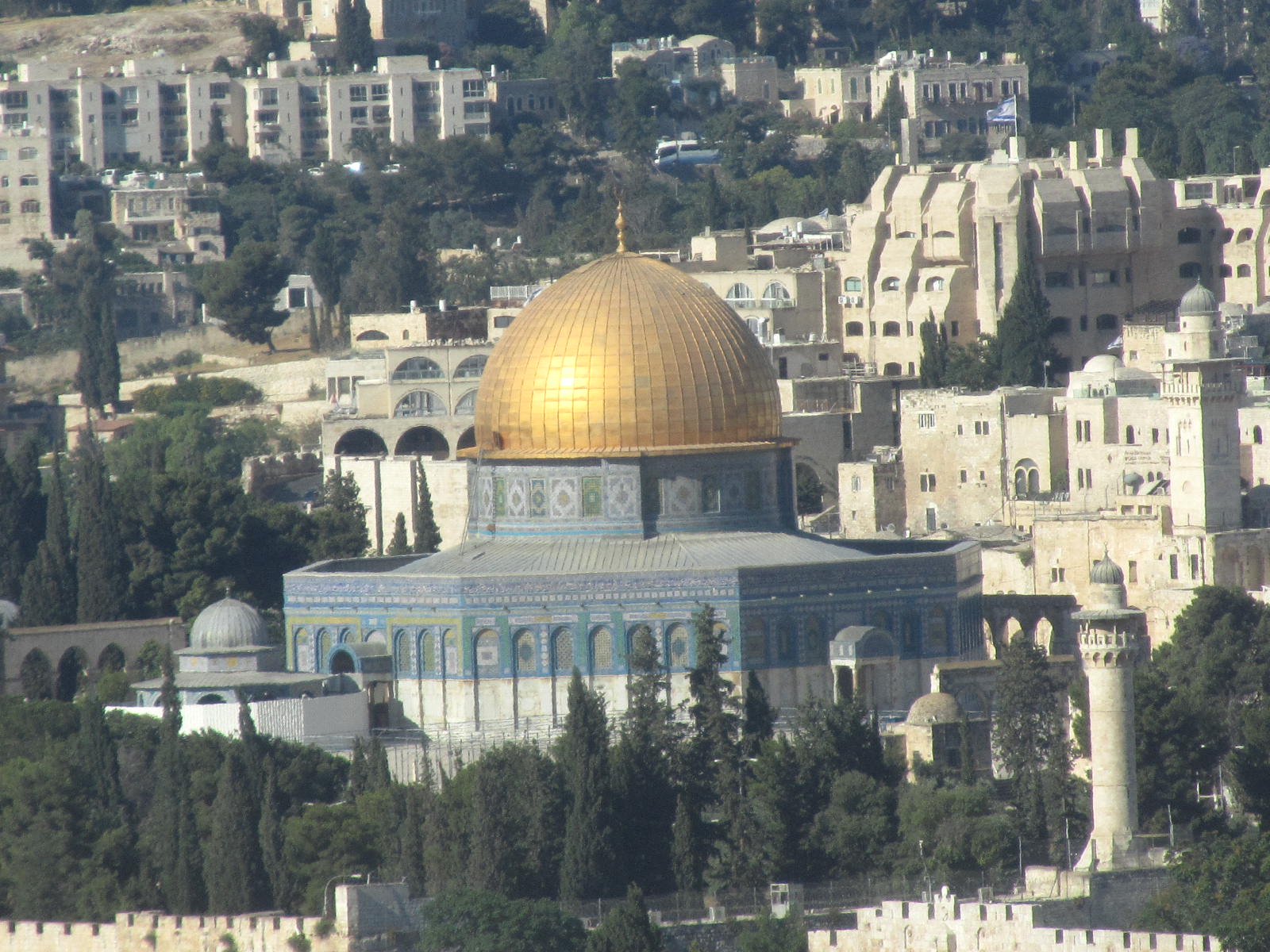
You know what, it will go to the dustbin’ my articulate friend was blunt, brutal but hone.....

Balfour Declaration, A Century Later If one were to make a list of the most influential texts in .....



Election Schedule, July 2018 Country Election Forthcoming Ele.....

Kurdish Referendum, September 2017 Note: On 25 September 2017, the .....

18th Turkish Parliamentary Elections, October 1991[*] Political Parties Perc.....


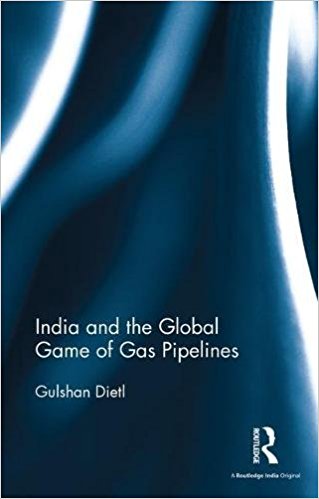
Gulshan Dietl, India and the Global Game of Gas Pipelines, (New York and London, Routledge, 2017), P.....
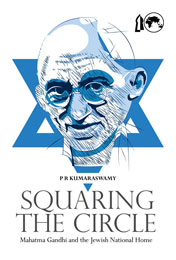
Book review of Squaring the circle: Mahatma Gandhi and the Jewish Homeland. By Professor P. R. Kumaraswam.....
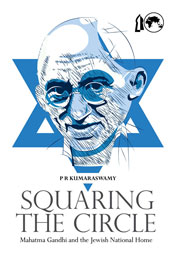
SQUARING THE CIRCLE: MAHATMA GANDHI AND THE JEWISH NATIONAL HOME Author: P R Kumaraswamy Knowledge World.....
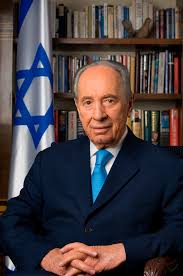
B orn in Poland on 2 August 1923, Szymon Persk who later Hebraised his name as Shimon Peres was the leader of the pr.....
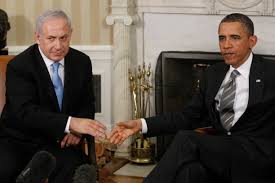
I. George W. Bush and Israel II. From the Inauguration to 9/11 III. From 9/11 to June 2002 .....
